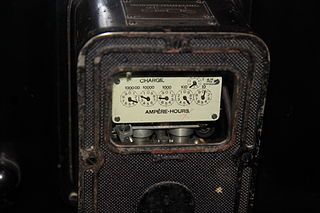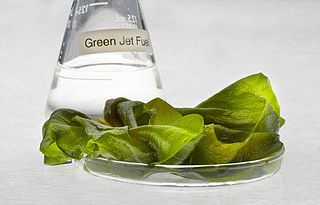Time-Lapse Photography Shows Environmental Challenges



At issue at the core is ensuring grid operators’ ability to meet peak power demand in the least cost way—preferably, without building expensive new gas peaker plants. Of course, energy storage, perhaps in the form of advanced rail (per our April webinar), or low-cost zinc-air batteries (per a webinar in the summer of 2011), represent competitive — or perhaps complementary — ideas.

And He will send His angels with a loud trumpet call and they will gather His elect from the four winds from one end of the heavens to the other. The Earth will end only when God declares it is time for it to be over. Man will not destroy this Earth. (more…)

But I’m not convinced. (more…)


Here’s an article about Microsoft’s concept of the “integrated utility” — a common computing platform and common data model for both the operational technology (OT) and the information technology (IT) sides of the company.

Bank Of America Tower – New York
In the realm of sustainable commercial structures, the Bank of America Tower in New York City reigns as the current head. This amazing feat of responsible planning rests on Sixth Avenue across from Bryant Park and is the third largest building in the city. Its 55 storeys are fully decked out from top to bottom with insulated glazing that lets light in and keeps heat trapped. The building also utilizes a greywater reclamation system that collects rainwater and purifies it and converts it for use in the building. In addition, the Bank of America Tower not only filters incoming air, but also re-filters it before sending it back out into the city. (more…)


My concerns about algae are not theoretical, but practical. Yes, the little guys provide the potential to harvest 30 – 50 times more energy from the sun than any terrestrial plant, and yes, they can be grown on non-arable land with non-potable water. The problem occurs when you take this out of the laboratory and into the real world. Historically, the logistics of making this happen effectively and repeatedly have been anything but inspiring.
Here’s another practical consideration – probably more lethal to the enterprise of scalable algae than the technological considerations noted above: economics. If this is going to work, it’s going to take an enormous amount of resources: money, people, and time, and no private sector organization has these luxuries. But will such an investment come from the government? Not a chance.